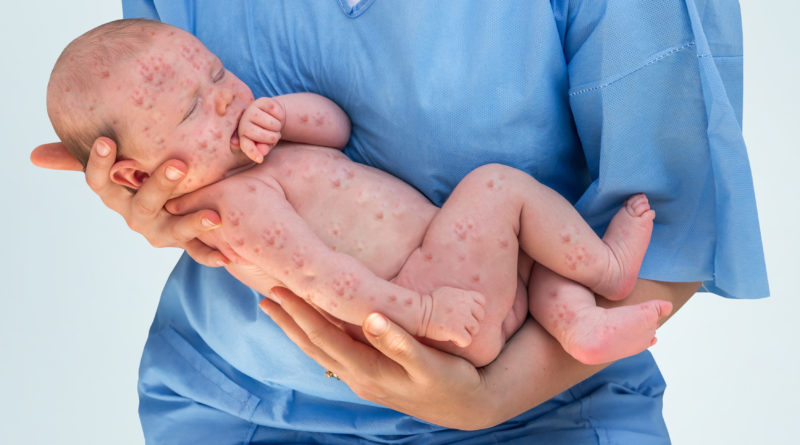The Number of U.S. Measles Cases Has Reached A 21st Century High
7,143 total views, 1 views today
As of April 29th, the ongoing U.S. measles outbreak has swelled to heights previously unseen during the 21st century. The U.S. Centers for Disease Control and Prevention have reported 704 measles cases across 22 states, mostly in unvaccinated children under the age of 18. This figure is the highest number of cases following the CDC’s 2000 declaration that the virus had been fully eliminated in the U.S. Experts believe that measles cases will only continue to grow in number as the year progresses, even though measles has been reported to not spread as easily during warmer weather.
The current 704 reported cases during this first third of 2019 outnumber the 667 cases recorded across the entirety of 2014. Only during 2014 and 2019 have the number of measles cases climbed above 400. Much of this year’s outbreak stems from localized outbreaks in Rockland County, New York, Washington state, and New York City, where authorities have mandated vaccinations for several zip codes. The entire state of New York alone comprises 75% of all reported measles cases. Additionally, in Michigan, Georgia, New Jersey, Maryland, and three California counties, localized outbreaks involving three or more cases have been reported.
In addition to the CDC, the Food and Drug Administration has also stepped in to comment and act on the measles outbreak. Peter Marks, director of the FDA’s Center for Biologics Evaluation and Research, recently commented that measles now presents a veritable public health threat. As well, the FDA took the rare step of issuing a public reminder that the measles, mumps, and rubella (MMR) vaccine is not just safe, but 97% effective.
Experts point to a lack of vaccinations among both children and adults as a major driver of measles’ return. Currently, hundreds of thousands of children under the age of 2 have yet to receive the MMR vaccine. Standard practice for vaccine administration is to administer one dose at 12 to 15 months, with a second and final dose administered between the ages of 4 to 6.
Measles can be spread quite easily, via pathways similar to those via which the common cold and flu spread. The highly infectious virus can rapidly infect unvaccinated children and adults if a person with the virus sneezes or coughs in their vicinity. Although many people who contract the disease fully recover from it, one to two people per 100,000 die from the virus, with long-term symptoms and damage possible.
Among the most dangerous potential side effects of measles is pneumonia, which 5% of children who contract the disease experience. Pneumonia is also the most common cause of measles-related deaths in children. As well, one out of every 1,000 children who contract measles will also develop encephalitis, brain swelling that can result in seizures, sensory loss, or even learning disabilities. In a statement delivered on April 29th, Health and Human Services Secretary Alex Azar spared no words about the dangers that measles poses: “Measles is not a harmless childhood illness,” Azar said, “but a dangerous, highly contagious disease.”

